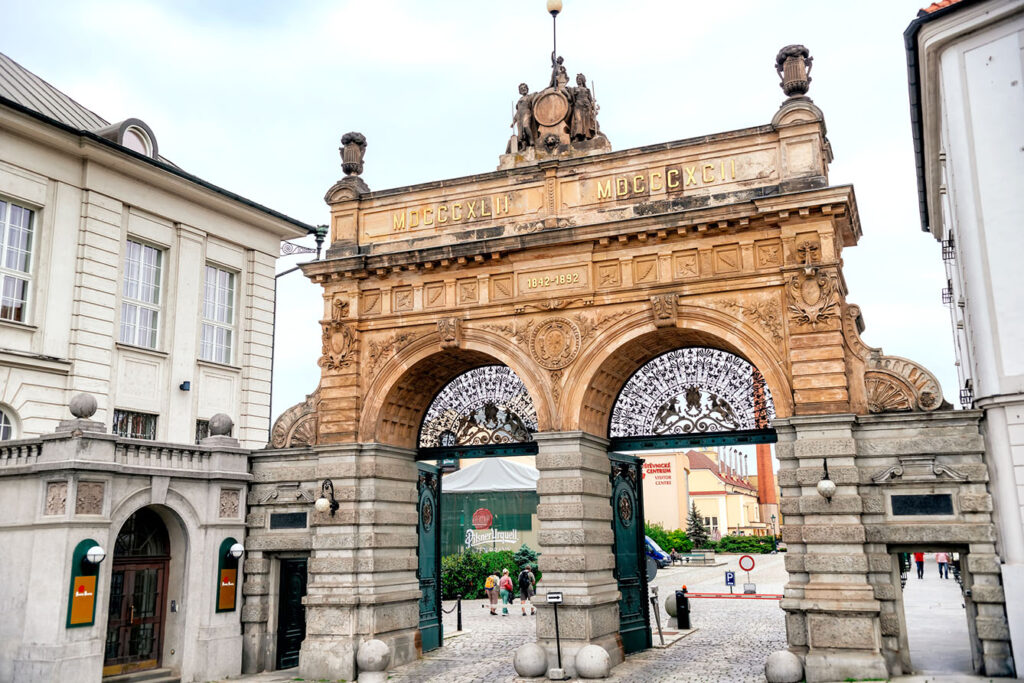It is perhaps a little-known fact that UNESCO lists not only material cultural artifacts (monuments, natural phenomena, and technical devices) but also intangible cultural artifacts. The latter tend to be at least equally as interesting as the former, if not even more. The account lists feasts and traditions, many of which are enjoyable and simply fun. As some of them involve alcohol consumption, the Czech Association of Breweries and Malt Houses came up with the idea to add the Czech culture of drinking beer to this UNESCO intangible cultural heritage list. And oh my, don’t they have a point!
Czechia is by far the undiscussed global leader in average annual beer consumption per person. The average Czech citizen is said to drink a whopping 143 liters of beer per annum (almost one large glass per day). For the record – African Namibia is a strong runner-up with 108 liters consumed. It is also worth noting that out of the top five beer-consuming countries, three are Czechia’s neighbors: Austria, Germany, and Poland. Their citizens drink about a hundred liters of beer per annum.
Czechia: the land of beer-drinking culture
But it’s not a matter of sheer quantity. What Czech activists are actually trying to achieve is the recognition of the tradition of beer consumption that began in the Plzeň Region. Any beer-lover from around the world should immediately recognize this city’s name. Translated to German, Plzeň is nothing else but Pilsen, the famed birthplace of pilsener beer.

In 1842, twelve citizens of Plzeň opened their first regional brewery and hired brewers from Bayern to try an experimental technique of so-called bottom-fermentation brewing. The result proved to be a success, with a clear, golden, foamy, and hoppy end product that became wildly popular. Technically called ‘pale lager,’ it is known today as pils, pilsner, or pilsener and is sold under thousands of brand names worldwide. It is the world’s most consumed beer type.
Along with beer production and consumption comes the culture of drinking – the fondness for light, refreshingly cold beverages. Czechs love to enjoy their pints in pubs that are sometimes located in the cellars of city houses, known as gospodas. This is more than just a drinking culture – it is a culture of socializing and enjoying life. Surely that’s something worthy of recognition by such a renowned international body as UNESCO.







